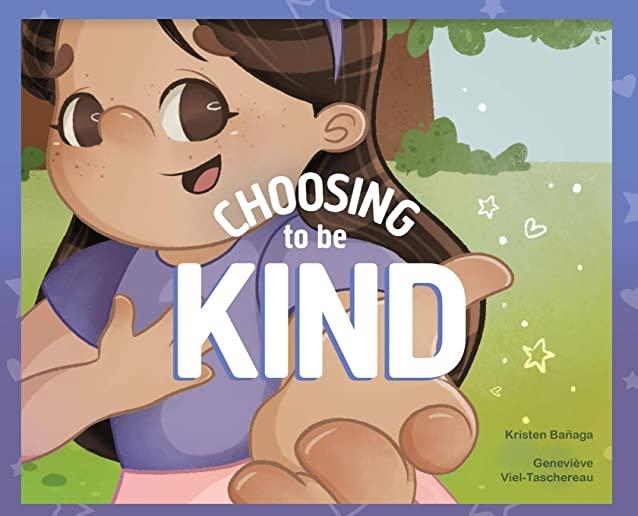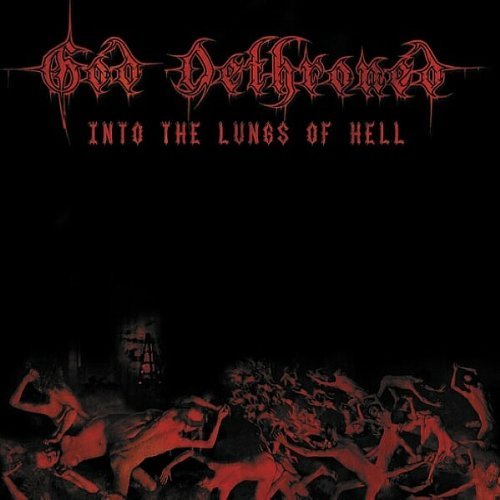
Part road novel and part reality-inspired fiction, BEAT BLUES: San Francisco, 1955 explores a time and a place when the American counterculture was born, southern racism was exposed, and the Cold War began to thaw with the publication of Ginsberg's Howl, Kerouac's On the Road, Ferlinghetti's A Coney Island of the Mind, Bob Kaufman's Abomunist Manifesto and the magazine "Beatitude." BEAT BLUES takes readers behind the scenes at Lawrence Ferlinghetti's City Lights Bookstore and into the enclaves of San Francisco where bohemians, artists and hipsters dig jazz greats and rub shoulders with Gregory Corso, Nelson Algren and Simone de Beauvoir.
"A well-woven spy novel set in the seething, influential Beat Generation milieu of San Francisco, 1955. Raskin
has done his research. When he has Jack Kerouac, Allen Ginsberg, Bob Kaufman, Lawrence Ferlinghetti, Shig Murao and Gregory Corso speak, the results are in the ballpark of reality. He's good at depicting the moiling
lives of Beat era figures, such as the tragic Natalie Jackson, featured in Kerouac's The Dharma Bums. The novel skillfully blends activities of the burgeoning Civil Rights movement into the liberation-loving Beat era." -Ed Sanders
Rendezvous with Allen Ginsberg, Jack Kerouac, Bob Kaufman, Neal Cassady and their near constant companion, Natalie Jackson, all of them on the border that divides anonymity from notoriety and madness from sanity. Beat Blues observes the Beat phenomena through the eyes of Norman de Haan, an ex-New Yorker and a veteran of World War II, who moves back and forth from North Beach to the Black neighborhood in the Fillmore District, where the Civil Rights movement reverberates and the characters mourn the murder of Emmett Till.







